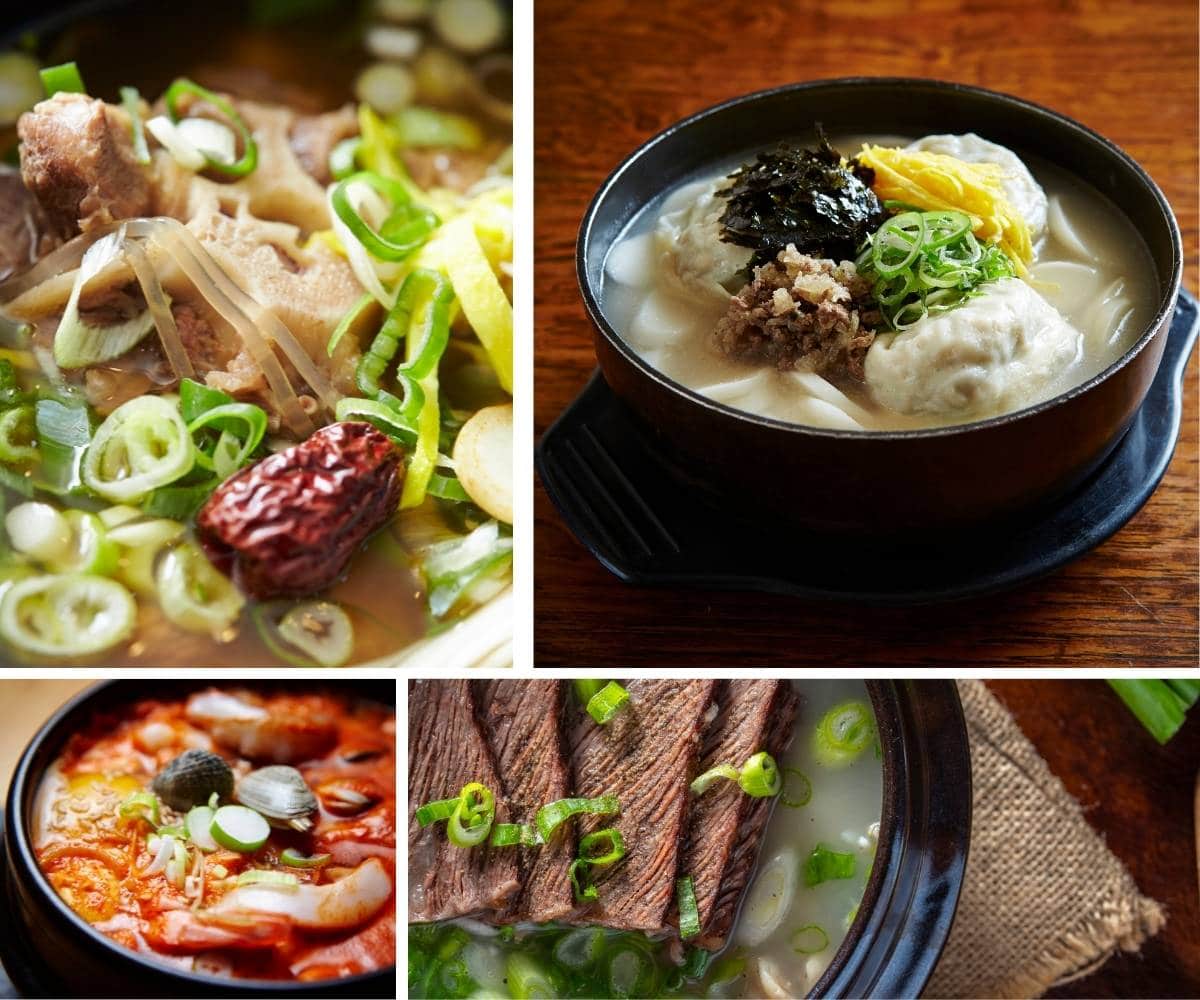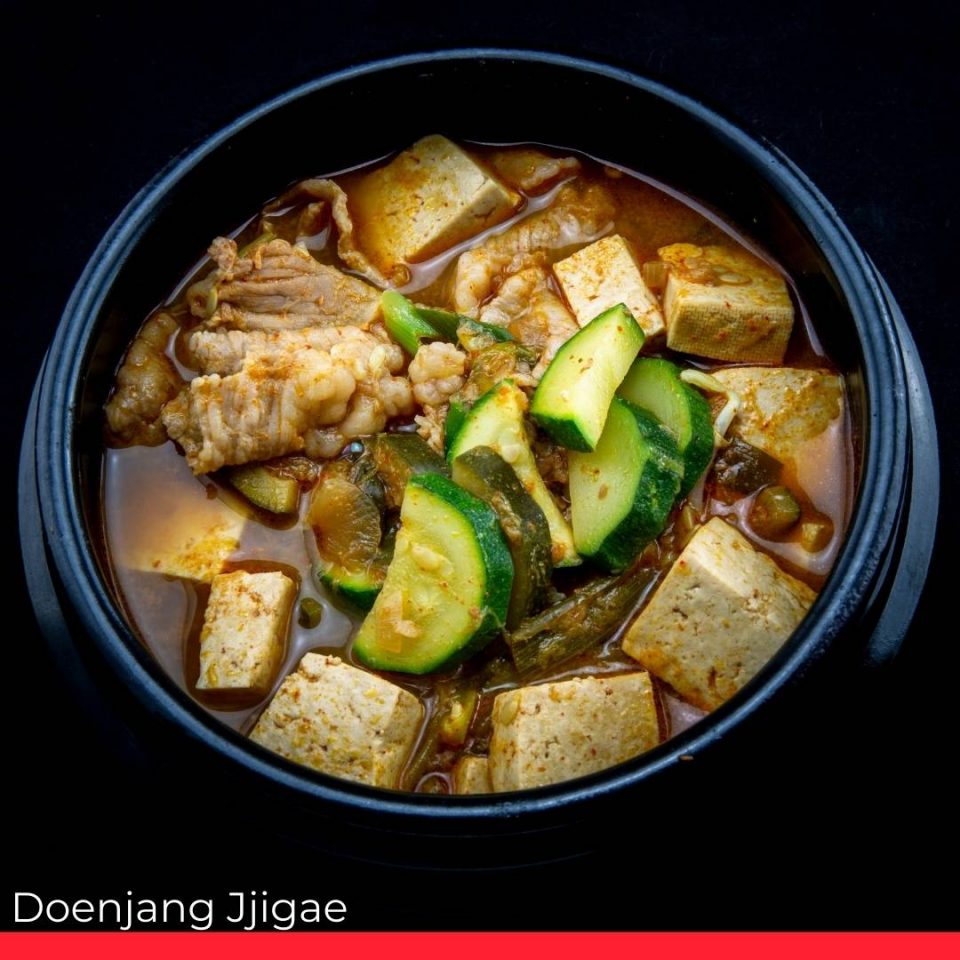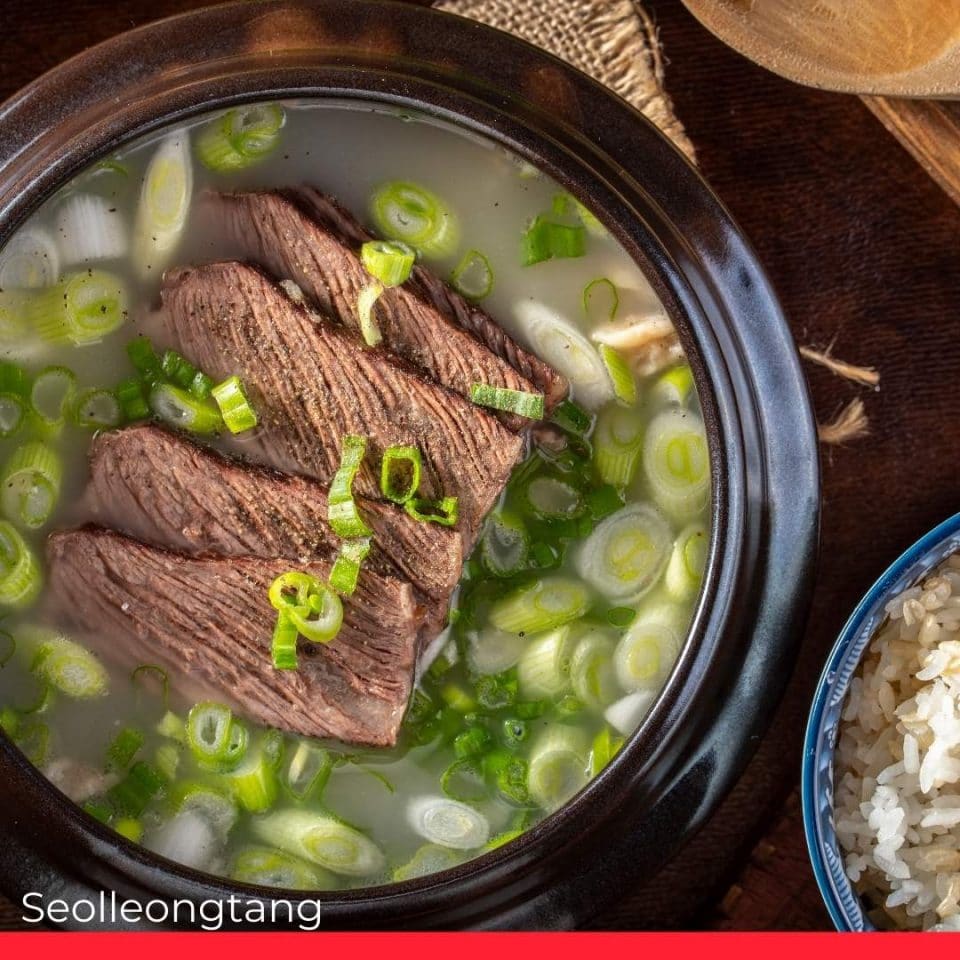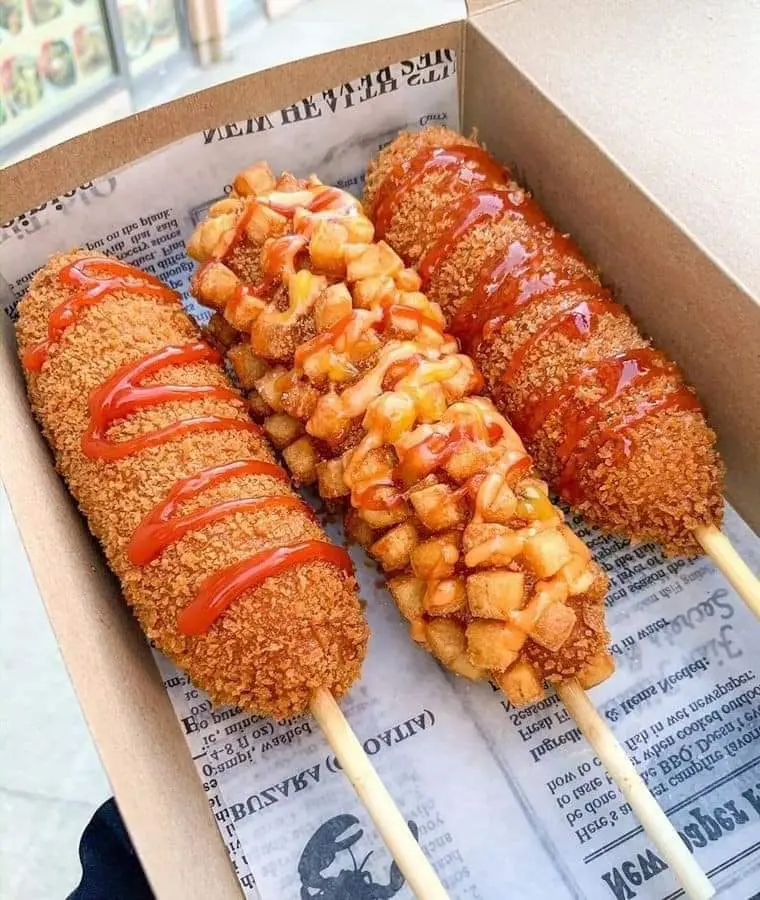10 Delicious South Korean Soups and Stews to Try Out

In the past, when counting how many dishes were on the meal table, soup along with rice were not included. Soup dishes were seen as that essential to South Korean cuisine.
Nowadays, having soup with meals is a less common tradition for young people, who tend to have simpler meals, but older generations generally think it would be strange to have any meal without including a soup of some kind. Soups are considered soul food in South Korea, food that soothes and relaxes both mind and body.
Here are the top 10 Korean soups and stews that restore and heal the minds and bodies of gourmets worldwide with their warmth and taste.
1. 김치찌개 (Kimchi Jjigae: Kimchi Stew)

Kimchi is one of the most significant dishes in Korean cuisine. Admittedly, there are many recipes with this Korean staple food.
Kimchi Jjigae is a stew based on kimchi. It is a representative Korean stew and has been selected as one of South Koreans’ favorite Korean dishes. Many Koreans have it with rice as a meal, but it is also perfect as a side dish when drinking soju, an alcoholic drink of Korean origin.
It is simple to make Kimchi Jjigae. Stir fry kimchi, add water, and boil it for a while—that’s all! As a matter of fact, the important thing is the kimchi, regardless what recipe you follow.
The kimchi should be fermented to the point where it tastes sour to make the best ingredient for Kimchi Jjigae. If the kimchi itself is tasteless or under-fermented, it is difficult to produce delicious Kimchi Jjigae, no matter what you do.
2. 된장찌개 (Doenjang Jjigae: Korean Soybean Paste Stew)

Doenjang Jjigae is a popular stew that is eaten very often. The ingredients people use vary from region to region, but it’s safe to say that you will see it served everywhere in the country.
It’s a cinch to cook. To make Doenjang Jjigae, you make an anchovy broth by boiling anchovies and dried kelp together. Then, you just add some Doenjang (soybean paste) to flavor the broth. Now, you simply add vegetables that you like. Potatoes, zucchini, tofu, and onions are common ingredients. To give the stew more flavor, you can also add beef brisket.
3. 부대찌개 (Budae Jjigae: Army Base Stew)

Budae Jjigae is an original fusion stew of South Korea. Budae indicates military base and jjigae means stew, so the name literally means ‘military base stew.’ After the Korean War, South Korea went through a period of time when food was scarce and people were starving. Thus, South Koreans had to scavenge for food in order to survive.
Leftover ingredients from US military bases were used as an alternative source of food. People picked out sausages, cheese, and canned ham and beans, which were turned into a stew along with red pepper paste. Now, the stew is a trendy meal, with restaurants serving it opening up everywhere.
For South Koreans, Budae Jjigae is a reminder of the period of hardship after the war. But, aside from that, it’s a great meal to enjoy with a group of friends and family, especially on a chilly day.
4. 순두부찌개 (Sundubu Jjigae: Korean Spicy Soft Tofu Stew)

Sundubu Jjigae is one of the most popular foods in Koreatowns around the world. It is made with soft, curdled tofu that is not pressed, so it has an extra silky texture.
Soft tofu, vegetables, gochujang (Korean hot chili paste), and gochugaru (Korean hot chili powder) are commonly considered to be the core ingredients of this dish, with meats or seafood being optional.
The origins of Sundubu Jjigae can be traced back to the late Goreyo dynasty to early Joseon dynasty (15th to 16th centuries). Documents say that, initially, only the royal family would eat Sundubu Jjigae, but ordinary people started to include this jjigae to their daily meals later on. It’s no wonder that it could not remain a monopoly of the royals for long, as the softness and spiciness of the dish easily soothe everybody’s body and soul.
5. 삼계탕 (Samgyetang: Ginseng Chicken Soup)

With four distinct seasons, you can see various seasonal foods in South Korea. In the summer, there are many popular foods that South Koreans eat to avoid getting dragged down by the heat. Samgyetang is one of them. It is a soup made by simmering glutinous rice, ginseng, jujube, chestnut, and oriental medical herbs stuffed inside a chicken.
We use a lot of energy in the summer, and this soup is considered a health food that is especially good for regaining and restoring energy lost due to summer heat. South Koreans line up to have this dish during the hottest days of the year.
6. 감자탕 (Gamjatang: Pork Backbone Stew)

Gamjatang is a stew made using a pig’s backbone and neck bones. The dish was originally from the Incheon metropolitan city, where there were many laborers in the construction industry who wanted to enjoy cheap and tasty food after long working hours.
Spicy and slightly thick can be said to be the main characteristics of Gamjatang, which warmed up the laborers’ minds and bodies. Above all things, this meat stew can be enjoyed at a relatively low price.
It’s also known as a dish that foreigners like a lot. When asked to talk about ‘favorite South Korean food,’ foreigners who have traveled to South Korea frequently rank Gamjatang at the top of the list. The reason seems to be the soft texture of the backbone meat and the relatively non-spicy and special taste of the stew.
A famous area where you can enjoy Gamjatang is Eungam-dong, which is located in the northwestern part of Seoul. There, you will find a whole street filled with restaurants selling this stew.
7. 설렁탕 (Seolleongtang: Ox Bone Soup)

Seolleongtang is a soup made by simmering all the parts of an ox, including meat, intestines, and bones, for many hours. It is not just great for satisfying hunger but also known for boosting energy.
Seolleongtang has an interesting history. During the Joseon dynasty, the king performed ancestral rites and prayed to heaven and earth at the Seonnongdan Altar (probably where the name Seolleongtang comes from), providing rice, an ox, and a pig as sacrifices. This was intended to show how the king wished for a good harvest that year.
After performing the ceremony, a huge and hungry crowd that had gathered to see it as well as officials who had participated in the ritual shared the soup made from the sacrificial ox. The soup that all those people ate together became today’s ox bone soup.
8. 떡만둣국 (Tteok Mandu Guk: Rice Cake Soup with Dumplings)

Although South Koreans eat this soup year-round, it’s a traditional holiday food that we always eat for the Lunar New Year. The white rice cakes in the soup stand for a great start to the new year. Also, their round shape symbolizes coins, which is related to wealth.
It is a very simple soup to make if the ingredients are at hand: rice cake, beef, soy sauce, sesame oil, green onions, dumplings, garlic, salt, pepper, and anchovy broth. Firstly, rinse the rice cakes in water and soak them slightly. In the meantime, make the anchovy broth. Then, add sesame oil to the pan and stir fry the beef with soy sauce. When the meat is partially cooked, pour in the anchovy broth and boil the meat and broth thoroughly.
When the broth is flavorsome, add the rice cakes, dumplings, and garlic, then season with salt. Lastly, add green onions, pepper, and a little sesame oil and boil for about a minute.
9. 갈비탕 (Galbitang: Beef Short Rib Soup)

Galbitang is a clear soup made by making a broth with beef short ribs, indicated by the galbi in the name. It’s a nourishing soup with a hearty flavor. In general, the short ribs are boiled with radish, garlic, and onion for a long time until tender. Then, the soup is served with rice, which makes it taste even more wonderful.
Compared with other types of beef, short ribs are considered expensive; therefore, Galbitang is regarded as a luxury amongst South Korean soups. Consequently, a large bowl of Galbitang is typically offered at special occasions, such as at a wedding reception.
10. 알탕 (Altang: Spicy Pollock Roe Stew)

Are you a fish food lover? If yes, Altang is recommended, as it is a South Korean soupy stew based on pollock roe. The name Altang describes everything about this food. Al means egg, and tang indicates soup. Altang is made of a variety of fish roe. If you see this stew, you will find small white pieces shaped as sausages, which is pollock roe, the main ingredient of Altang.
Roe is a familiar ingredient to people who love pasta dishes, since it is very often used in this type of cuisine. The difference is that the roe is served whole in Altang. The texture of cooked roe may surprise you.
However, it is firm enough not to taste too weird. Although the roe doesn’t have much taste on its own, the broth made of water dropwort and red pepper paste gives this dish a refreshing and spicy flavor.
Related: Best South Korean Foods
Related: 25 Most Popular Korean Street Foods
Related: 25 Delicious Korean Desserts
Related: Popular Korean Breakfast Foods



Left out Yukgaejjang the most common and popular soup in Korea.